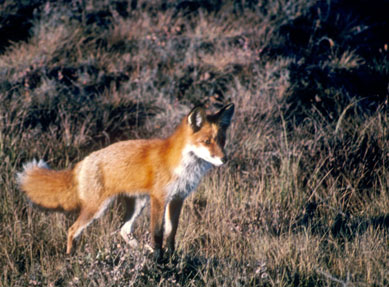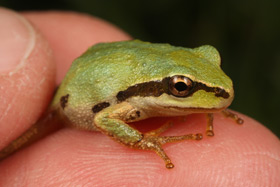 Here are some articles of interest in the current issue of American Midland Naturalist. (Fee or subscription required to read the full text.):
Here are some articles of interest in the current issue of American Midland Naturalist. (Fee or subscription required to read the full text.):
The Impact of Exotic Purple Loosestrife (Lythrum salicaria) on Wetland Bird Abundances. Some wetland bird species do well when loosestrife increases, this study found. It urges land managers to take care when removing loosestrife so as not to harm those species.
Use of Camera Traps to Examine the Mesopredator Release Hypothesis in a Fragmented Midwestern Landscape. Coyotes don’t like deep forests and red foxes don’t like urban landscapes, this study found. The presence of coyotes only scared off other mesopredators a little.
Lots more on invasive species. Including papers on garlic mustard and the types of plants that grow in contaminated roadside soil.



 Things have actually been pretty quiet over the past month when it comes to wildlife diseases. The big news, of course, is
Things have actually been pretty quiet over the past month when it comes to wildlife diseases. The big news, of course, is 
